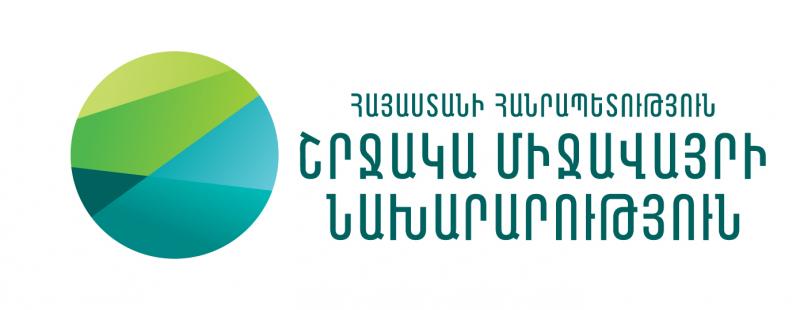According to Article 2 of the Convention on Environmental Impact Assessment in a Transboundary Context (hereinafter referred to as the Convention) "Each Party shall take the necessary legislative, administrative and other measures to implement the provisions of this Convention, including significant adverse transboundary impacts listed in Annex 1 for the types of planned activities involved, the definition of such a procedure for environmental impact assessment, which will provide for public participation, as well as the preparation of documents related to the environmental impact assessment provided for in Annex 2.
In this case, the planned activity is the processing of black metal scrap in the village of Yeraskh, Ararat region, RA, which is not included in the 1st Annex defining the types of activities of the Convention, and the planned activities of "large furnace and marten smelting devices and non-ferrous metallurgy enterprises" included in the 1st Annex of the Convention are not included in any is not related to the intended activity in question, since the process of casting black metal scrap will be carried out using an induction furnace, which works exclusively with electricity.
Moreover, the envisaged activity, taking into account Article 2, Part 5 and Annex 3 of the Convention, cannot be considered as having a significant transboundary harmful effect either, based on the following justifications:
The criteria set out in Annex 3 of the Convention are:
a/ volumes. types of planned activities, the volumes of which are large for a given type of activity,
Annual productivity of 108,000 tons is considered a small volume for the type of ferrous metal scrap processing activity. The productivity of such processing plants generally starts from 1 million tons.
b/ district. types of planned activities that are carried out in ecologically sensitive or important areas or in their immediate vicinity (for example, wetlands defined by the Ramsar Convention, national parks, natural reserves, zones of special scientific interest, archaeological, cultural or historical monuments); also types of planned activities in regions where the characteristics of planned economic activities can have a significant impact on the population,
The closest specially protected area of nature in the territory of Nakhichevan is located about 5 km away from Yeraskh village in a straight line, and the planned activity cannot have any negative impact on the mentioned areas. There are also no wetlands defined by the Ramsar Convention, and the closest candidate is 12 km away from the Emerald site in a straight line.
The impact of the planned activity on the existing archaeological, cultural or historical monuments in this area is also excluded, considering that the nearest possible monument is located at a distance of about 12 km in a straight line.
c/ consequences. types of planned activities that have particularly complex and potentially harmful effects, including those that cause serious consequences for humans, valuable species and organisms of flora and fauna, threaten the current or future use of the affected area, and lead to are the occurrence of an additional load that exceeds the level of environmental stability to external influences.
The selection of the area, the applied modern technology and the planned environmental measures will minimize the negative impact on human health and the environment.
Negative impact on atmospheric air is excluded.
Gases emitted into the atmosphere contain carbon oxide and dioxide, hydrogen, oxygen, nitrogen.
A two-stage cleaning system will be installed on the exhaust gases, the efficiency of which will be 99%.
The installed systems will ensure a lower level of harmful substances in the gases emitted into the atmosphere than the limit permissible concentrations. In addition, in order to improve the dispersion conditions in the atmosphere, a 33-35m high pipe is planned for the release of gases into the atmosphere.
The dust content in the exhaust gases from induction furnaces is several times less than from arc furnaces.
Impact on water resources is excluded. The water demand is planned to be met at the expense of groundwater, the level of which is very close to the surface in the area.
Water for technical needs will be used only for cooling. The daily consumption of circulating water is planned to be 328.8 cubic meters. Water leakage from the production process is not planned, the factory will work with a closed circulation system.
Fresh water is used only to supplement the circulation system.
A modern biological treatment plant with 95-98% efficiency is planned for domestic waste water.
Treated water can be discharged into the land canals in the area and also used in the area



